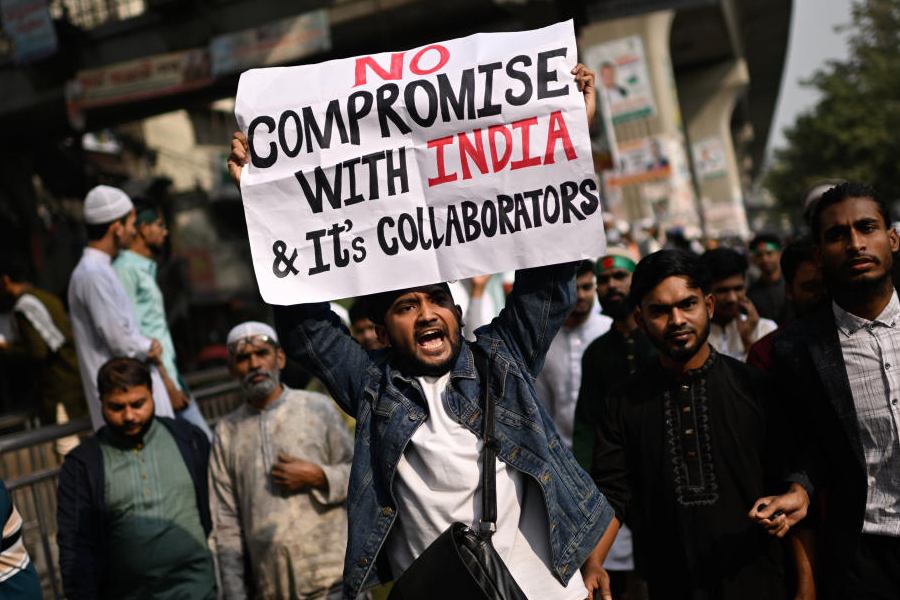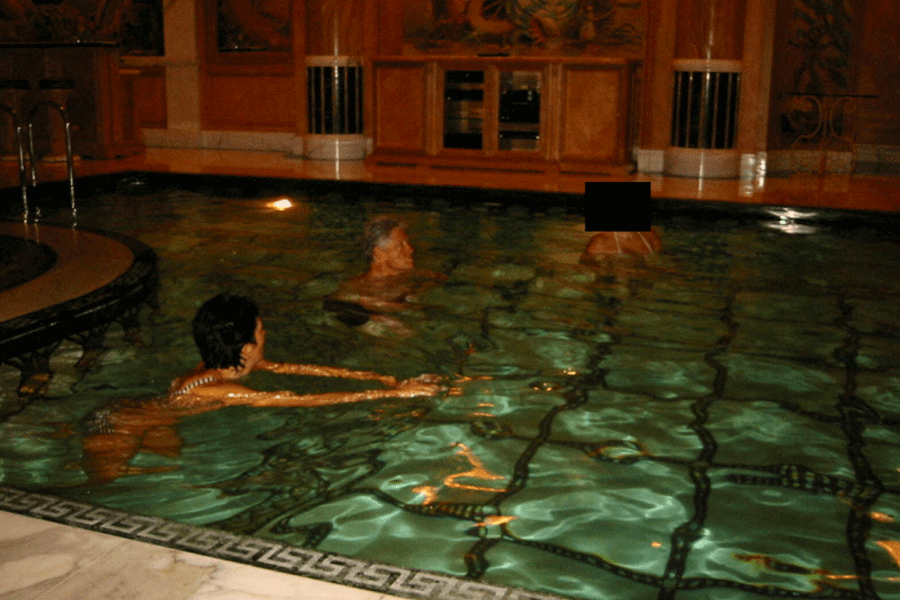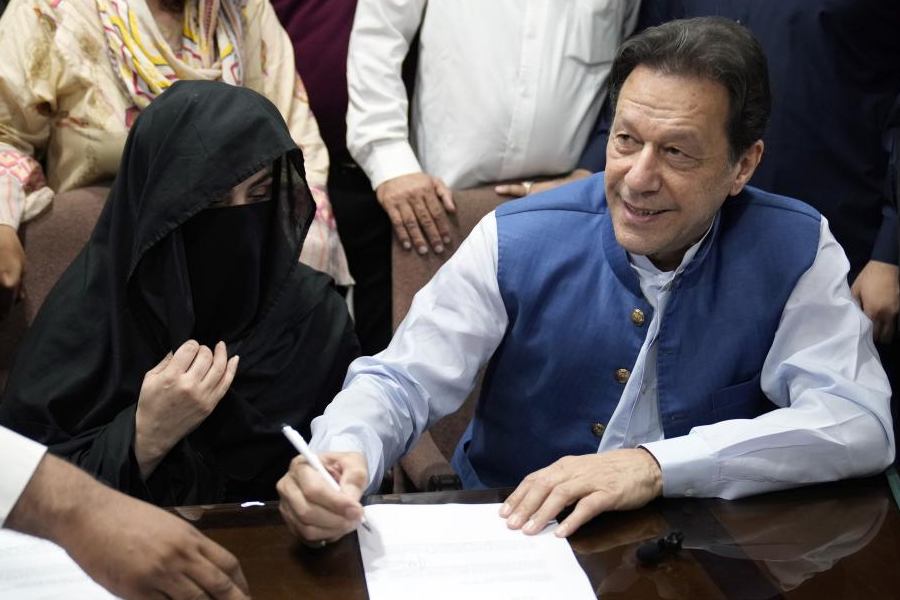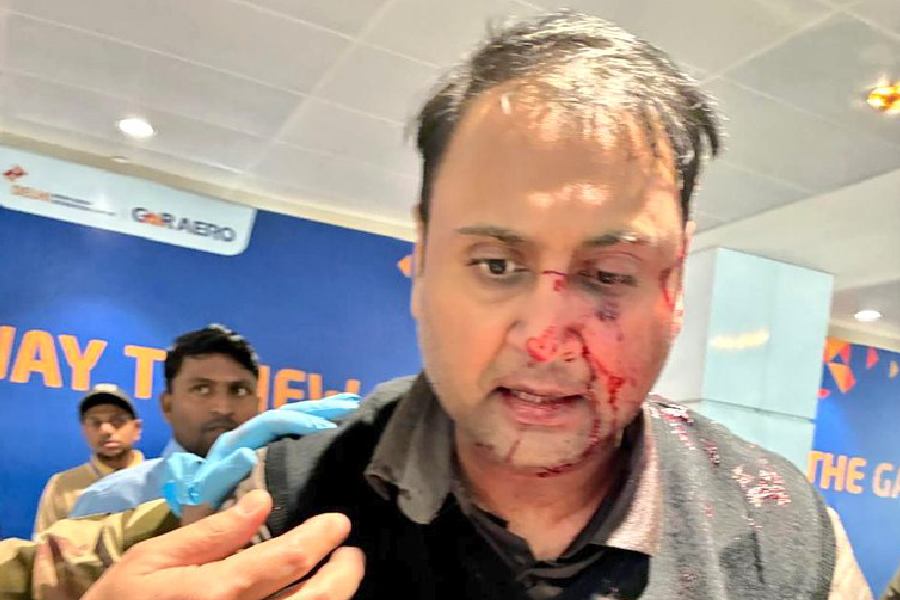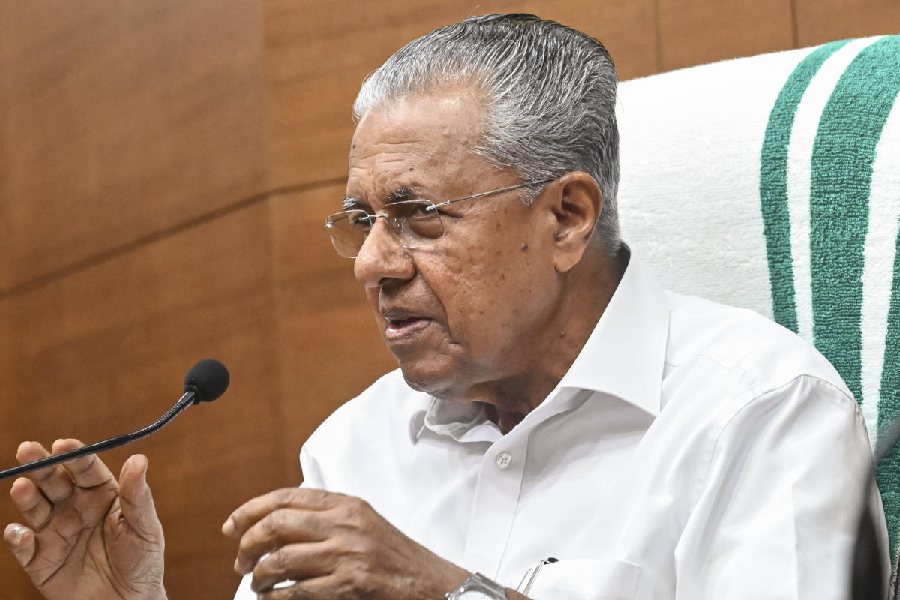 |
| Anil Kumble, Dinesh Kumble (centre) and Vasanth Bharadwaj (in black blazer) of TENVIC are hoping to turn out new match-winners; Pic by Jagadeesh NV |
At the Vellamal International School in Chennai a cricket coaching class is underway and the tiny tots from Class 1 are listening intently. The coach puts on a video that explains in scientific detail how to correctly grip a bat. Switching off the video, the coach picks up a cricket bat and gets each child to try out what they’ve just been watching.
For the children there’s an extra incentive at play in this coaching class. This isn’t any old sports class. It’s part of a structured coaching course designed by one of India’s cricketing greats: Anil Kumble. TENVIC, Kumble’s company is designing sports coaching courses that use a mix of on-field and video training. Kumble launched the company along with his brother Dinesh and former table tennis player Vasanth Bharadwaj.
 |
| Sudhanshu Fadnis’s Sport Seed Noida aims to teach kids core skills that help them enjoy any competitive sport Pic by Jagan Negi |
Cut to Innisfree High School, Bangalore, where 40 Class 1 kids are learning the concept of ball-handling in basketball. “Dribble the ball using the fingers,” says the coach, watching intently. This lesson is part of the curriculum prepared by Bangalore-based Edu Sports set up in 2011 by Saumil Majumdar, who says his aim is “to get all kids to play and not just to produce the next Sachin Tendulkar.”
Kumble and Majumdar are part of a growing tribe of sports solution providers who are out to change the face of sports education in India. They aim to provide comprehensive solutions with a mix of carefully crafted technology aids backed by coaches. In short they aim to bring some of the remarkable scientific techniques being used in professional sports and tailor it to train children. Says Kumble: “Despite immense sporting potential, Indian sports lack the support of a strong ecosystem at the grassroots. Our objective is to introduce a new level of professional focus to sports coaching.”
Several others are girding for battle on the sports field. On the playground at DPS Rohini in Delhi, students from Class 3 are waiting eagerly to shoot arrows under the watchful eye of a coach. After some time the children take a break and the coach has them throw pencils at each other (to have a bit of fun and get an idea about hand-eye coordination).
Says Sudhanshu Fadnis, whose company Sport Seed Noida has written the archery programme for schools and is using it to teach students from the youngest classes upwards: “As opposed to a regular archery coaching, we create fun games to teach archery. The ultimate objective is to teach concepts like eye-dominance to kids in a fun way.” Fadnis is an engineer who has worked in several IT companies. Currently, he has tied-up with the Archery Association of India to identify talent from a cluster of schools.
 |
| Prabhu Srinivasan (in picture) and Susir Kumar’s Kids Out Of Home has reached out to 11 schools across the country. Pic by Gajanan Dudhalkar |
At a different level, Shayamal Vallabhjee is a Mumbai-based sports scientist who’s the exercise trainer to sporting stars like Sania Mirza, Mahesh Bhupathi and Rohan Bopanna. Vallabhjee is currently taking a re-look at the PE curriculum in schools. His company Digi Sports has devised an athlete development programme called Speed Kids that is a combination of drills to improve eye-hand-coordination and core training exercises to improve body muscles for kids between four and 12. Says Vallabhjee: “As an exercise-scientist, I was often called upon to assess youngsters who were given a battery of tests. Many failed. So I decided to write a programme that addressed this.” Speed Kids is available to three schools in Delhi and private sports centres.
Majumdar’s Edu Sports also aims to re-energise children who’ve been turned into couch potatoes by modern city living. Majumdar says his company conducted a survey of 73 schools across 39 cities and came up with alarming statistics. He says: “61 per cent of school children don’t possess adequate skills to engage in sport. About 64 per cent cannot hop and 71 per cent cannot throw or catch a ball. This coupled with the fact of rising obesity levels, and increased TV viewing has put a question mark on the health of our kids.” Edu Sports is currently available in 225 schools across 70 cities in India.
There’s a similar game plan at Kothari International School in Noida which has implemented Mumbai-based KOOH (Kids Out Of Home) Sports’s curriculum recently for all its classes. The KOOH curriculum includes a mix of drills that are combined with modern scientific measurement techniques. The coach begins by analysing the body composition and an array of other indicators for all children. Says principal Nidhi Sirohi: “After every three-months a detailed report card is prepared based on the kids’ mastery of skills and task confidence.”
 |
KOOH Sports was set up in 2010 by two businessmen Susir Kumar and Prabhu Srinivasan who set up the BPO company Intelenet. Their foray into sports entrepreneurship was a huge leap in an entirely new direction. Says Srinivasan: “In 2009, we started thinking about extending our outsourcing experience to sports and carried out a research to see whether it would work.” KOOH has reached out to 11 schools across the country.
 |
| Shayamal Vallabhjee of Digi Sports is taking a re-look at the PE curriculum in schools |
On the other hand, Leapstart set up in Bangalore by banker-turned-entrepreneur Dev Roy has a curriculum designed in partnership with SPARK (Sports, Play and Active Recreation for Kids), a US-based research organisation. Says Roy: “Our philosophy is to create a healthier India.” Their Fit-kids programme for schools in Tier 1 cities has expanded its reach to 100 schools in the last two years. Leapstart offers five different components starting from pre-school to Class XII.
So, what’s the difference between the sports curriculum formulated by these companies compared to what was already being done in schools? Crucially, a mix of modern technology and the latest developments in sports training. Kumble, for instance, is making intensive use of videos to explain the finer points of cricket and a series of other games to youngsters. And those children who show promise can sign up for after-school coaching programs.
What are the components of the curriculum? “It’s a clear shift from boring exercises to a fun way of learning a sport,” says Majumdar. Edu Sports aims to increase fitness levels so kids can play a variety of sports. “The emphasis is on skills like running, hopping, throwing a ball, or catching that are linked to any game,” stresses Majumdar. The Edu Sports programme is priced at Rs 100 to Rs 150 per child per month.
On the other hand, KOOH has two programmes — one for younger children and a second one for children from Classes 3 to 12. For younger kids there are a combination of stretching exercises and relaxation techniques with props like balls and punch balloons. In later classes, coaches focus on specific games.
TENVIC’s grassroots sports programme is a bit different. It’s a voluntary after-school programme that offers scientific training for sports like cricket, badminton, chess and table-tennis. Says Bharadwaj: “As the kid masters a skill, he moves on to the intermediate and advanced levels.” The programme, currently in 29 schools across India, is priced at Rs1,500 to Rs 2,000 a month.
However, the biggest challenge lies in providing able coaches for all these sports. Says Vallabhjee:“Schools don’t have adequate training facilities to produce champions and there aren’t enough qualified trainers.”
 |
| The aim of Saumil Majumdar’s Edu Sports is to increase the fitness level of kids |
To overcome the shortage of trainers, TENVIC has started a ‘train the trainer’ programme. Says Kumble: “We’ve tied-up with the TTFI (Table Tennis Federation of India) to create a module for them that will produce quality coaches in the years to come.” KOOH also has five-week courses aimed at coaches.
Almost all them have ambitious plans for the road ahead. Fadnis is looking to add more non-mainstream Olympic and Asian Games sports to its offerings. Vallabhjee is also writing programmes for karate, tai chi and kick-boxing. KOOH is launching an athletics league across 500 schools in India next year.
Kumble and his team aim to tie up with 80 schools in the coming months. And Sport Seed is eager to extend its footprint in Gujarat, Rajasthan and Kerala. Similarly, KOOH is targeting to add 55 schools by next year.
TENVIC’s also aiming at the corporate world with talks by both Kumble and V.V.S. Laxman where they share lessons learnt during their sporting careers. Says Kumble: “We felt we could make a difference by engaging sporting icons who could narrate their experiences on field and draw parallels to the boardroom.”
Some companies are going even further. They are also trying to develop the infrastructure in schools. Says Srinivasan: “We help schools build artificial football turfs and provide latest sporting equipment. This acts as bait so that kids come out to play.” Majumdar’s Edu Sports too helps schools to design their sports infrastructure.
The Duke of Wellington is supposed to have said that the Battle of Waterloo was won on the playing fields of Eton. If these sports entrepreneurs play the game right, this generation will be well equipped to face the battles of life.





